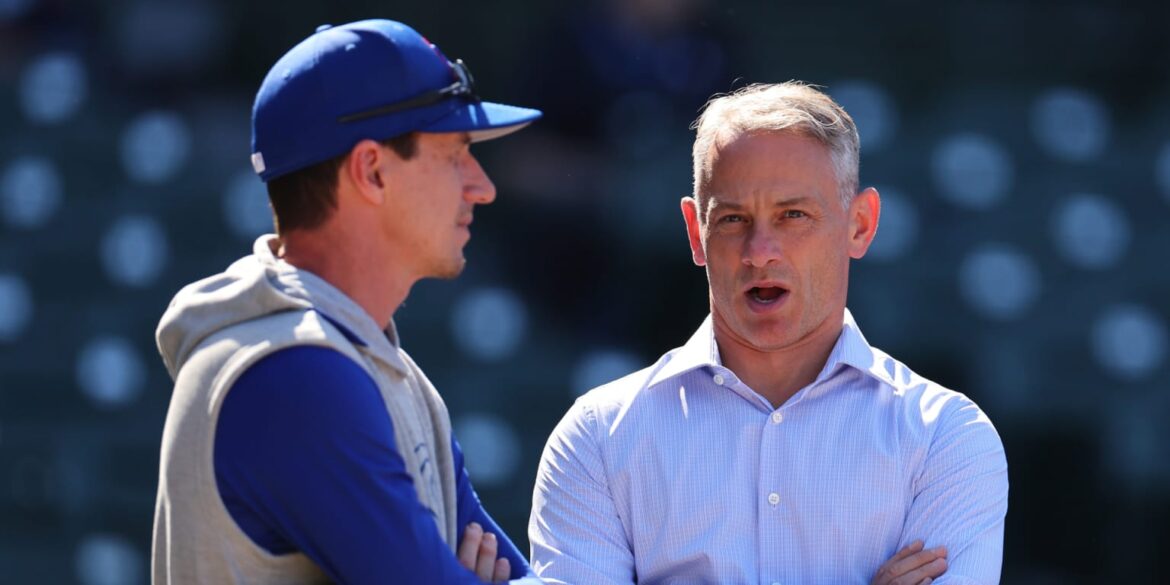The Cubs have been rumored to be interested in multiple starting pitchers at the top end of the free-agent market. Here’s a look at the pros and cons of the top five free-agent hurlers available.
Note: Pitchers are listed in order of their rank on MLB.com senior national reporter Mark Feinsand’s list of the top 30 free agents in 2025-26. The teams listed are the pitchers’ teams from last season, and ages listed are the ages of the pitchers during the 2026 season.
Cease is coming off a down year in 2025, one in which he posted a 4.55 ERA over 32 starts. But the right-hander remains one of the most durable and effective starters in the game, entering each season with Cy Young Award potential (he was runner-up in the American League in 2022, and he finished fourth in the National League in ’24).
Pros: Cease, whom the Cubs drafted in 2014 before trading him to the White Sox three years later, has some of the best raw stuff in baseball. A primarily fastball-slider pitcher, he struck out 29.8% of batters he faced last season and ranked in the 95th percentile among qualified pitchers with a 33.4% whiff rate, according to Statcast. Although his ERA was 4.55, his expected ERA based on quality of contact was 3.46, and his FIP was 3.56.
Cons: Cease is a fly ball pitcher when he isn’t striking guys out. The percentage of batted balls against him that were hit in the air (fly balls and line drives) last season was 62.7%. When the wind is blowing out at Wrigley Field, that could be an issue.
Another starter who spent the past two seasons with the Padres after beginning his career in the AL, King has emerged as one of the best starting pitchers in baseball. Primarily a reliever with the Yankees, he was converted into a full-time starter in San Diego and posted a 3.10 ERA from 2024-25.
Pros: With a five-pitch mix featuring a four-seamer, sinker, slider, sweeper and changeup, King generates a lot of soft contact — in 2024, his 30.3% hard-hit rate ranked in the 97th percentile among qualified pitchers, according to Statcast. The right-hander’s most effective offering is his changeup, against which opponents hit .181 last season.
Cons: King missed about half the season with injuries in 2025 — first a nerve problem in his shoulder and later a knee injury. While he pitched to a respectable 3.44 ERA over 15 starts, his xERA was nearly a run higher, at 4.31. The barrel rate against him was alarmingly high, at 11.4%, which was nearly double what it was in ’24. Like Cease, King is a fly ball pitcher — his ground ball rate last season was 39.1%.
Over the past two seasons, Suárez has been one of the top left-handed starters in the Majors. From 2024-25, he pitched to a 3.33 ERA for Philadelphia, and while he is about an average strikeout pitcher, he is one of the elite when it comes to inducing soft contact.
Pros: In addition to his ability to get opponents to hit the ball softly — his 31.1% hard-hit rate placed him among the top 2% of qualified pitchers in 2025 — Suárez keeps the ball on the ground. His 48% ground ball rate last season was actually down from his career mark of 52.9%.
With the stellar defense that would be behind Suárez if he were to sign with Chicago, particularly with Nico Hoerner at second base and Dansby Swanson at shortstop, that could bode very well for the Cubs.
Cons: Suárez has had some injury issues — he hasn’t reached the 30-start mark in a season in his career. He has a history of back problems, and backs can be tricky. He missed significant time in each of the last two seasons with back soreness.
Pros: According to MLB Network insider Jon Paul Morosi, Imai has a profile similar to, or even slightly above, the Mets’ Kodai Senga. With a fastball that touches 99 mph along with a slider, changeup, splitter and sinker, he’s seen as a frontline starter in the big leagues. In Japan, he had a 53.8% ground ball rate this past season.
Cons: Anytime a pitcher comes over from Japan, there’s always the unknown element of whether his success in NPB will translate to MLB. The recent track record is good, with hurlers like Imanaga and Yoshinobu Yamamoto experiencing success in the big leagues.
But that uncertainty remains with Imai. While his walk rate was much better in 2025, Imai posted walk rates in double digits in each pro season prior to that.
Valdez has an impressive track record as one of the best left-handed starters in the Majors over the past several years. The two-time All-Star’s calling card is his ability to generate contact on the ground, with a career ground ball rate of 61.5%.
Pros: Those ground balls, especially at a park like Wrigley when the wind is blowing out. Valdez has been very durable and very effective over the past four seasons, averaging 192 innings per season with a 3.21 ERA during that span. He also has a playoff pedigree, having made 16 career postseason starts.
Cons: Valdez was excellent over his first 21 starts of the 2025 campaign, in which he had a 2.62 ERA. But over his final 10 outings, his ERA was 6.05 and there was some controversy when he hit his catcher in the chest with a pitch after giving up a home run in an apparent cross-up on Sept. 2 against the Yankees.
